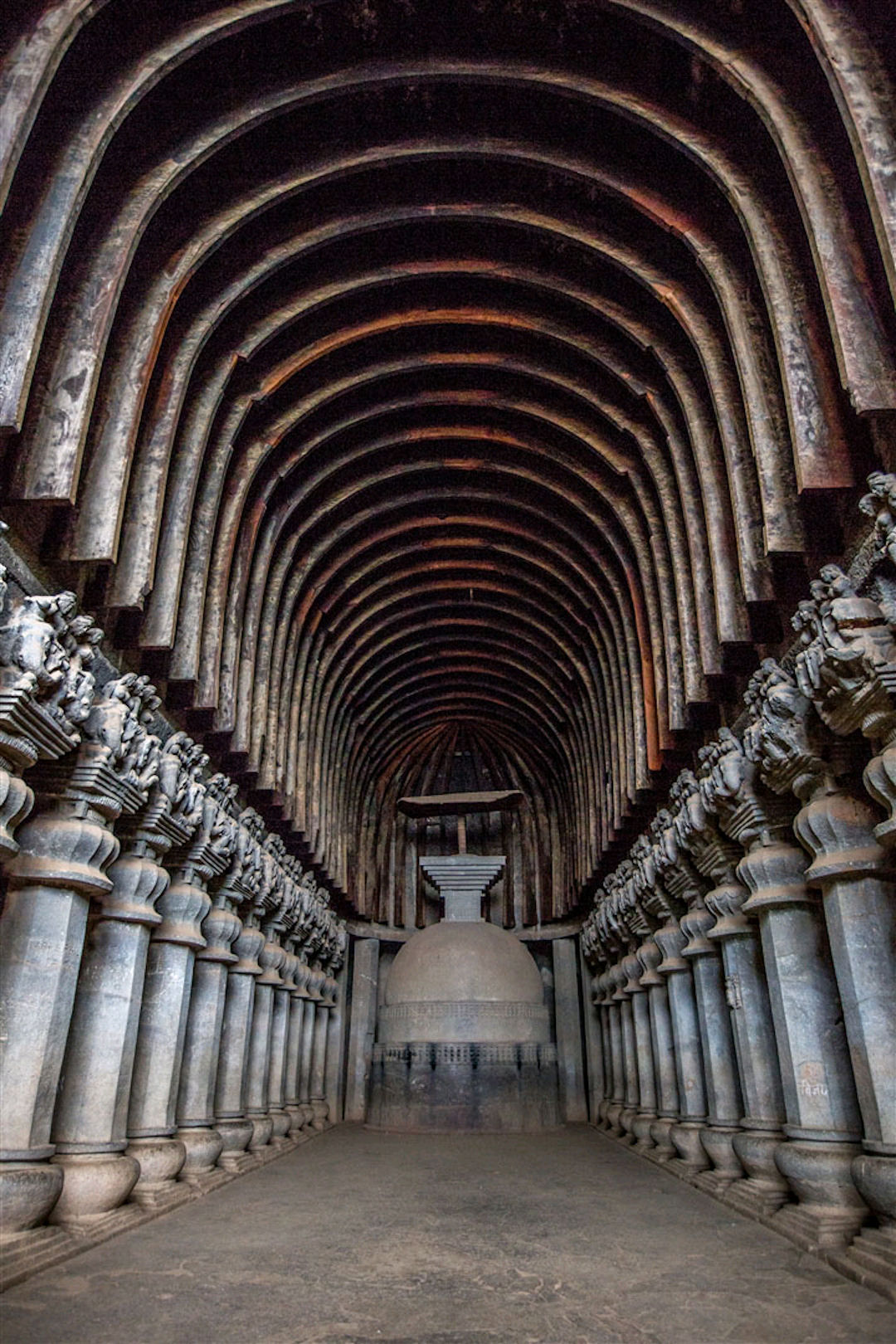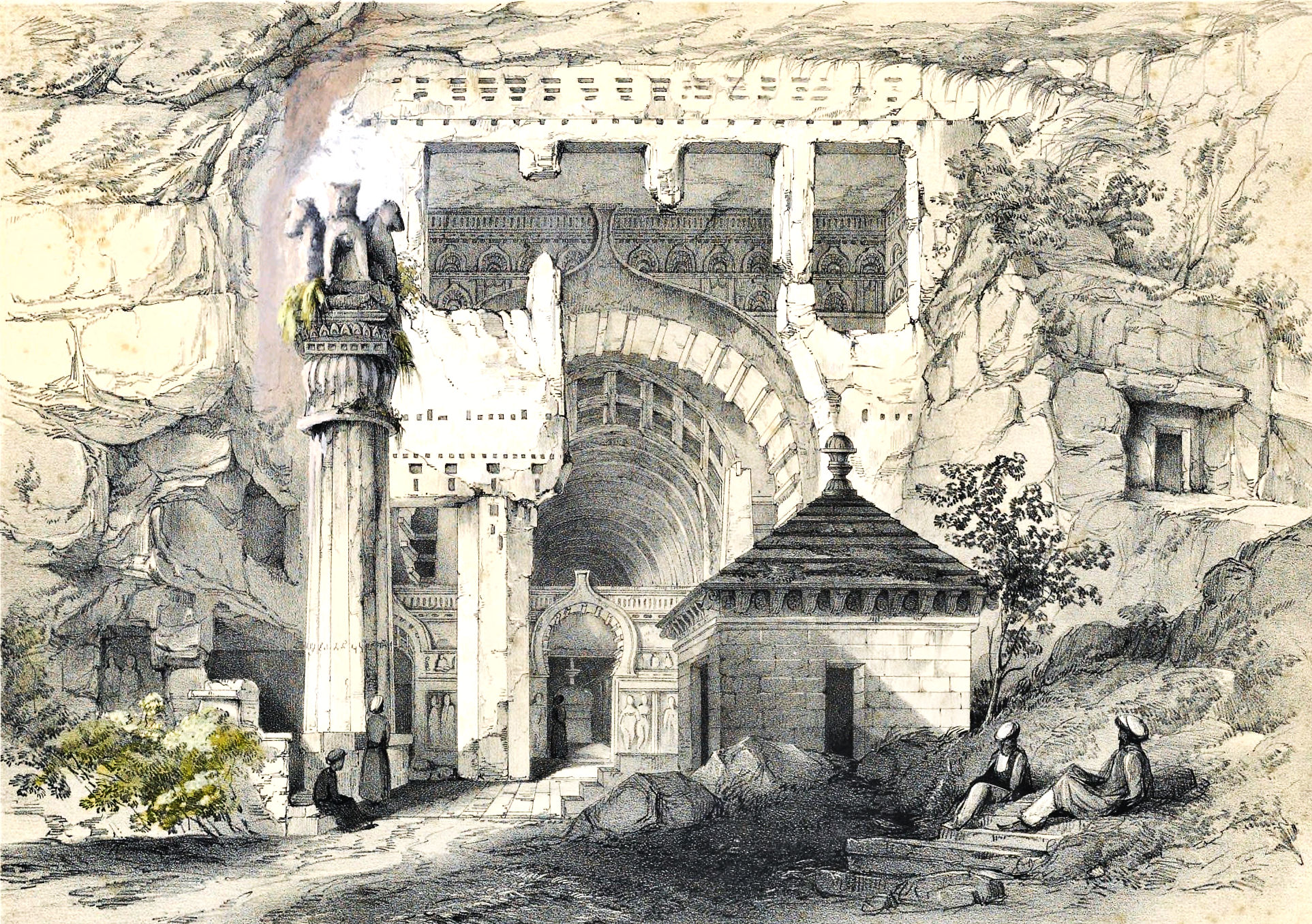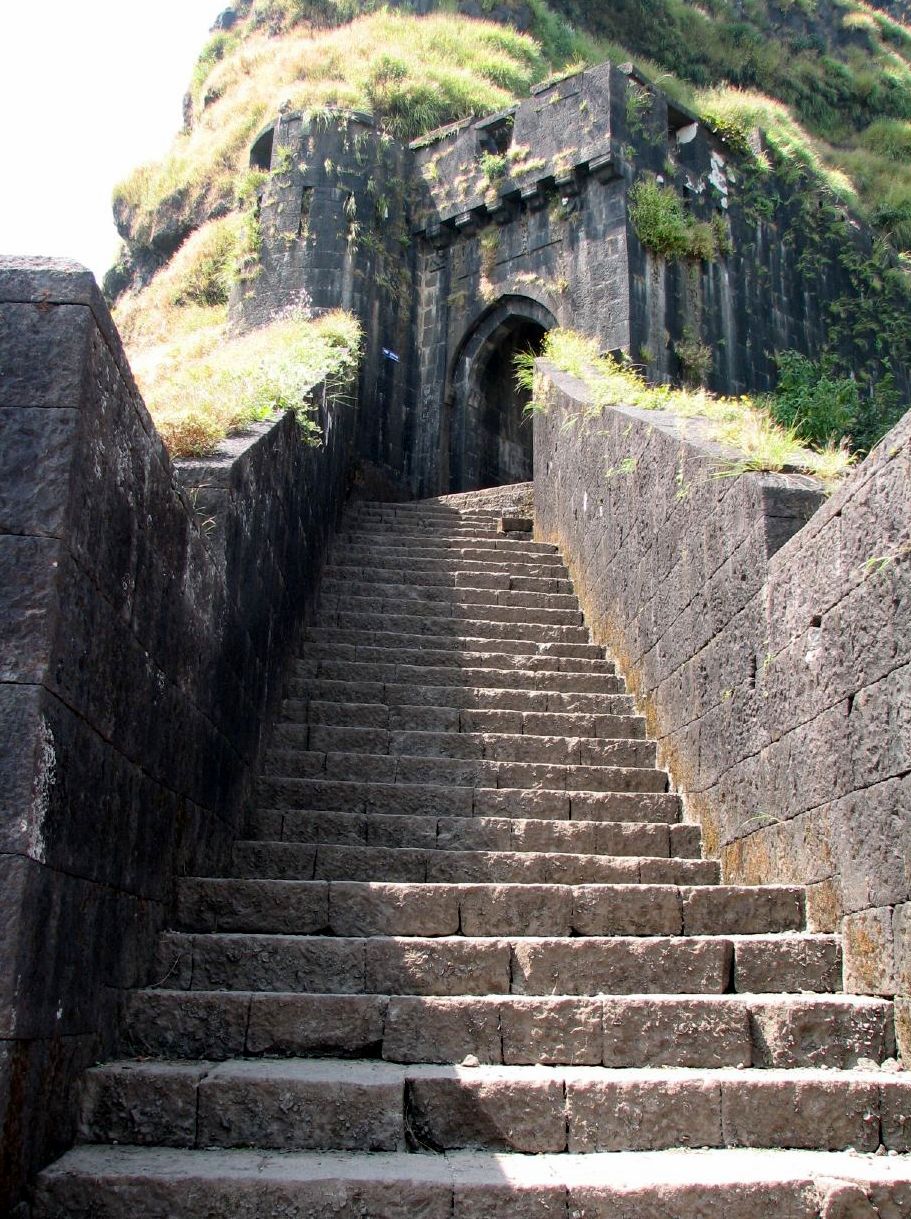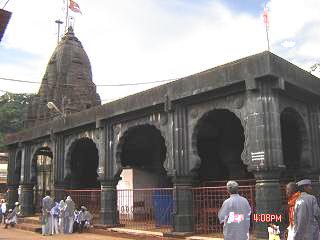The Karla Caves represent a profound testament to ancient Buddhist craftsmanship nestled near Lonavala in Maharashtra. Carved meticulously during the 2nd century BCE, these rock-cut sanctuaries embody a remarkable fusion of spiritual devotion and architectural ingenuity, revealing intricate stories of Buddhist monks who transformed solid rock into spaces of meditation and worship.
The geological and historical landscape surrounding these caves is as compelling as their architectural splendor. Located strategically along an ancient trade route connecting the Arabian Sea to the Deccan region, the Karla Caves occupied a pivotal geographical and cultural boundary between North and South India. This positioning not only facilitated trade and pilgrimage but also symbolized a critical cultural interchange point during ancient times.
Patronage from significant dynasties like the Satavahanas and Mauryas played a crucial role in the caves' development. Inscriptions within the complex reveal donors from diverse backgrounds, including local rulers, traders, and even Yavanas (Greeks), demonstrating the site's cosmopolitan nature. The donation by Vasisthiputra Pulumavi, a Satavahana King, during his 24th regnal year particularly highlights the royal investment in these sacred spaces.
The architectural marvel of the Karla Caves lies in their extraordinary construction technique. Using simple chisels and hammers, ancient craftsmen carved intricate sculptures and massive halls directly from solid rock. The most impressive feature remains the expansive chaitya hall, considered one of India's largest rock-cut chambers, adorned with wooden-like curved ribs and grand pillars decorated with elaborate sculptures representing Buddhist iconography.
The Mahāsāṃghika sect of Buddhism was instrumental in shaping these caves' spiritual landscape. Beyond mere architectural achievement, these caves served as profound centers of religious discourse, meditation, and community gathering. The sculptures and carvings meticulously depict Buddhist ideologies, offering contemporary observers a nuanced glimpse into the philosophical and aesthetic sensibilities of ancient Buddhist practitioners.
Cultural significance extends beyond pure architectural or religious domains. The Karla Caves have been intertwined with local folklore, including legends associated with the Pandavas and the temple of Ekveera, which holds immense importance for the Koli and Aagri tribes. These narratives underscore the caves' role not just as a historical monument but as a living cultural space resonant with multiple layers of meaning.
The site's preservation under the Archaeological Survey of India ensures that this extraordinary heritage remains accessible and protected. Located conveniently along the Pune-Mumbai highway, the Karla Caves continue to attract scholars, spiritual seekers, and tourists eager to experience a tangible connection with India's rich historical and cultural tapestry.
Modern visitors to the Karla Caves are invited to step into a world where stone speaks, where ancient chisels transformed rocky surfaces into narratives of spiritual quest, artistic excellence, and human resilience. Each carved surface, each intricate sculpture represents not just a historical artifact but a profound dialogue between human creativity and spiritual aspiration.








